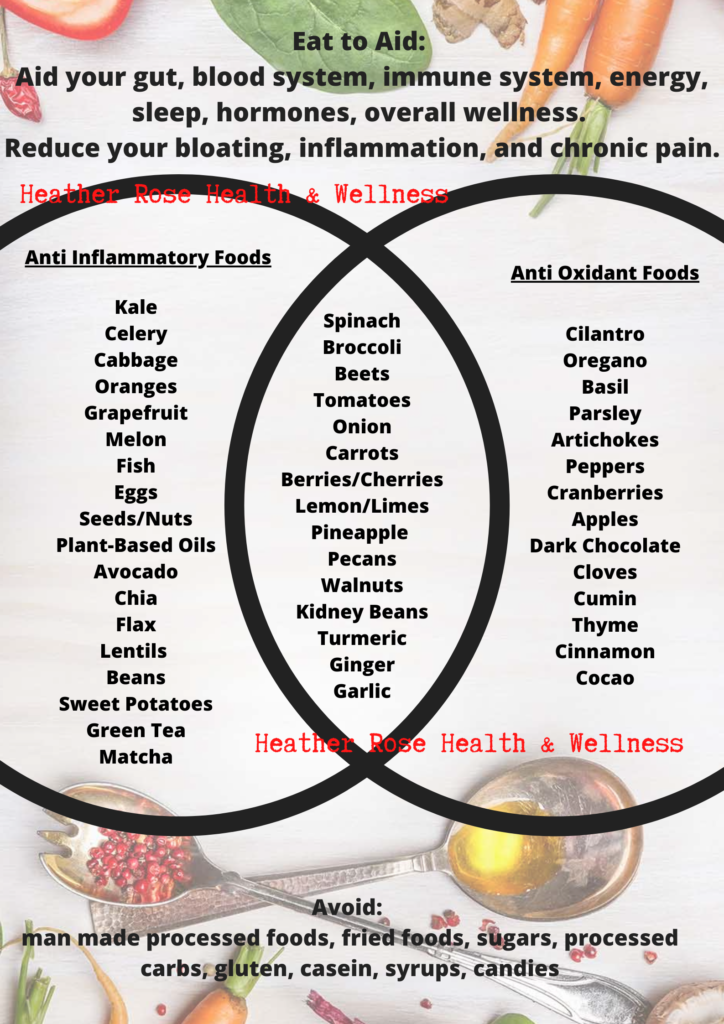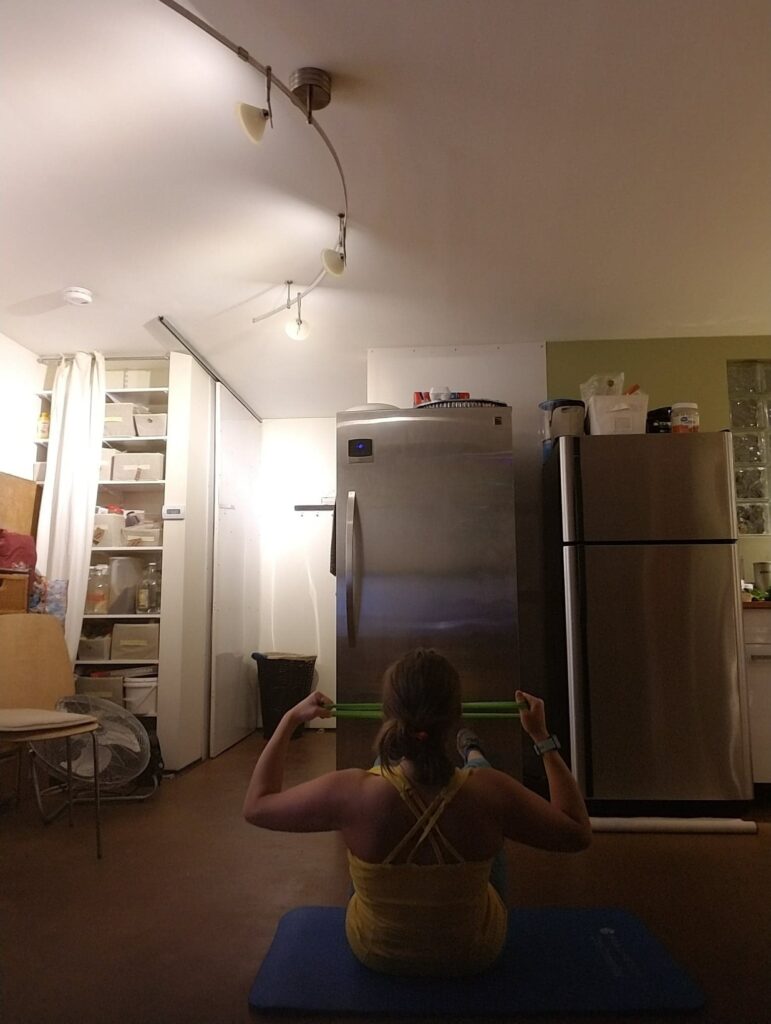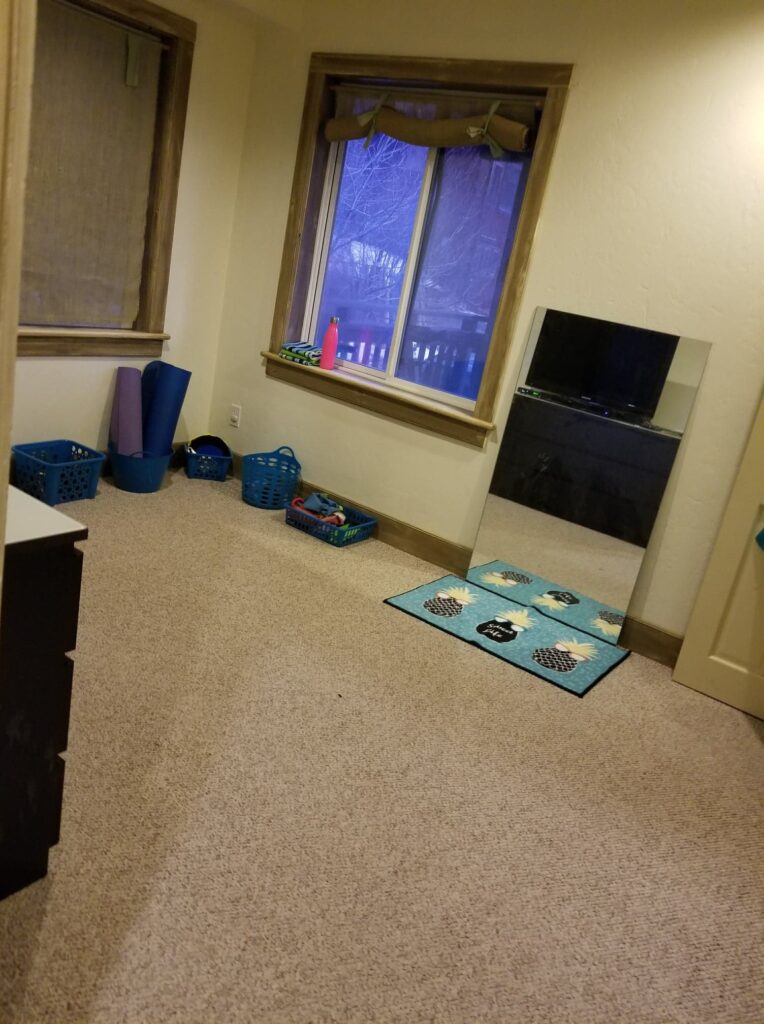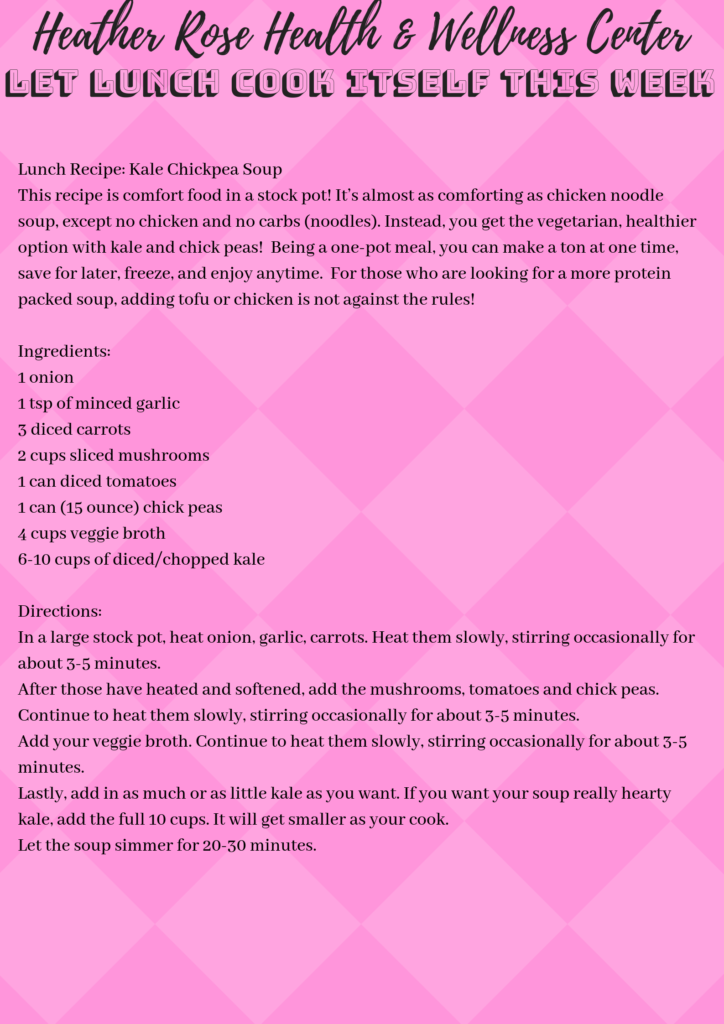The infamous question: What’s In Your Pack? I get this question a lot. For example, when I hike 8-10 hour, or a long day of biking, or my 50 miles. The common question is: What do you eat?
So, let me tell you all about what I eat and my idea of food in my “snack pack.”
First of all, anytime that I talk about food, I talk about what food does for our bodies. Food isn’t meant to just be a filler in our day. It isn’t meant to just make us feel good temporarily until the next meal. It isn’t meant to just “hold us over.” Food has a function. Food is meant to fuel our body, to help our cells properly recover, to help us feel amazing and energized from the inside out. These concepts stand true for meals and snacks alike.
Thus, in this blog post, I want to touch on some of my SNACK PACK SUCCESS and what you may find useful to navigate your own SNACK PACK. While this particular blog post will not go into the science, macros and/or calories of the snack pack, you are encouraged to explore more about macronutrients on my website and in workshops at www.heatherrosewellness.com/2021-2
Since we are talking about snacks, let me start by stating that snacks should provide a balance of your macro groups as they aren’t meant to be “empty calories” such as junk food. That is why you won’t find snacks in this blog such as chips or candy, just real food. As long as your snack is real food, it has a function. A snack is intended to provide nutrition to your body between meals, time on the trails, or fuel you for a long day, and to suppress cravings. Each of the foods mentioned is my own recipe and can be made in a small kitchen in a small amount of time. The recipes can be previewed in my cookbook “Recipes for Results.”

Oat meal muffins are one of my favorite morning snacks and quick breakfasts. I also love them for a morning snack between meals or on the trails. Loaded with oats and natural fruits, they provide carbs, fibers, and healthy glycogen for the body.
When I mention, the SNACK PACK SUCCESS – I am aiming to help the busy humans of all walks of lives. Whether you are literally packing a pack for a day on the trails, on your mountain bike, exploring ski slopes OR you are a nurse with a 12 hour shift, a mom a 5 playing taxi drive between events, or a teacher who runs between the classroom and bathroom between classes, this is for everyone. This SNACK PACK SUCCESS can be utilized in so many variety of ways.

Reese’s Bites? Yes, please! You know, buying the packet of Reese’s bites at the store brings back childhood memories. But these pack a punch of healthy fat from peanut butter and chia, and healthy carbs from the oats and dark chocolate. These are a favorite and always in my running pack.
Let’s talk about the SNACK PACK as trail food. As you know, I consider myself to be an endurance athlete, and many of my readers are endurance athletes as well. Therefore I would like to take a brief moment to talk about what we eat on the go, on the trail, and what we keep in our pack for real food, real fuel. When I refer to trail food in this blog or any of my books, I am referring to the snacks that will properly fuel your body for performance during hiking, biking, running, or any other endurance activities. The main two trail foods I use frequently are my “waffles for wellness” recipe from the breakfast section of my cookbook and “Heather’s Homemade Gel” from the snack section. With those two being my favorite, I also use the “energy bite” recipes from the snack section.

Homemade “runner’s gel” – peanut butter flavor 
Waffles for Wellness – serves as a breakfast, snack, or trail food.
The waffles and peanut butter gel fit really nicely in a day pack. Furthermore, I also use the homemade granola bars and DIY larabar bites in my running pack. I would suggest these if you are looking for trail food that you can make yourself and have less waste. Oh, and, how cheap they are to make is just a bonus!

Just in case anyone was curious…. this is how I indulge in waffles while running.
No waste/wrappers. Totally reusable packages. Homemade. Healthy. No additives or terrible ingredients. Cheap as heck to make. Frugality at its finest.
For references back to the recipes for each of the foods mentioned, you may consider exploring my “Recipes for Results” cookbook on Amazon and/or Kindle. You can also preview it on my website.




























